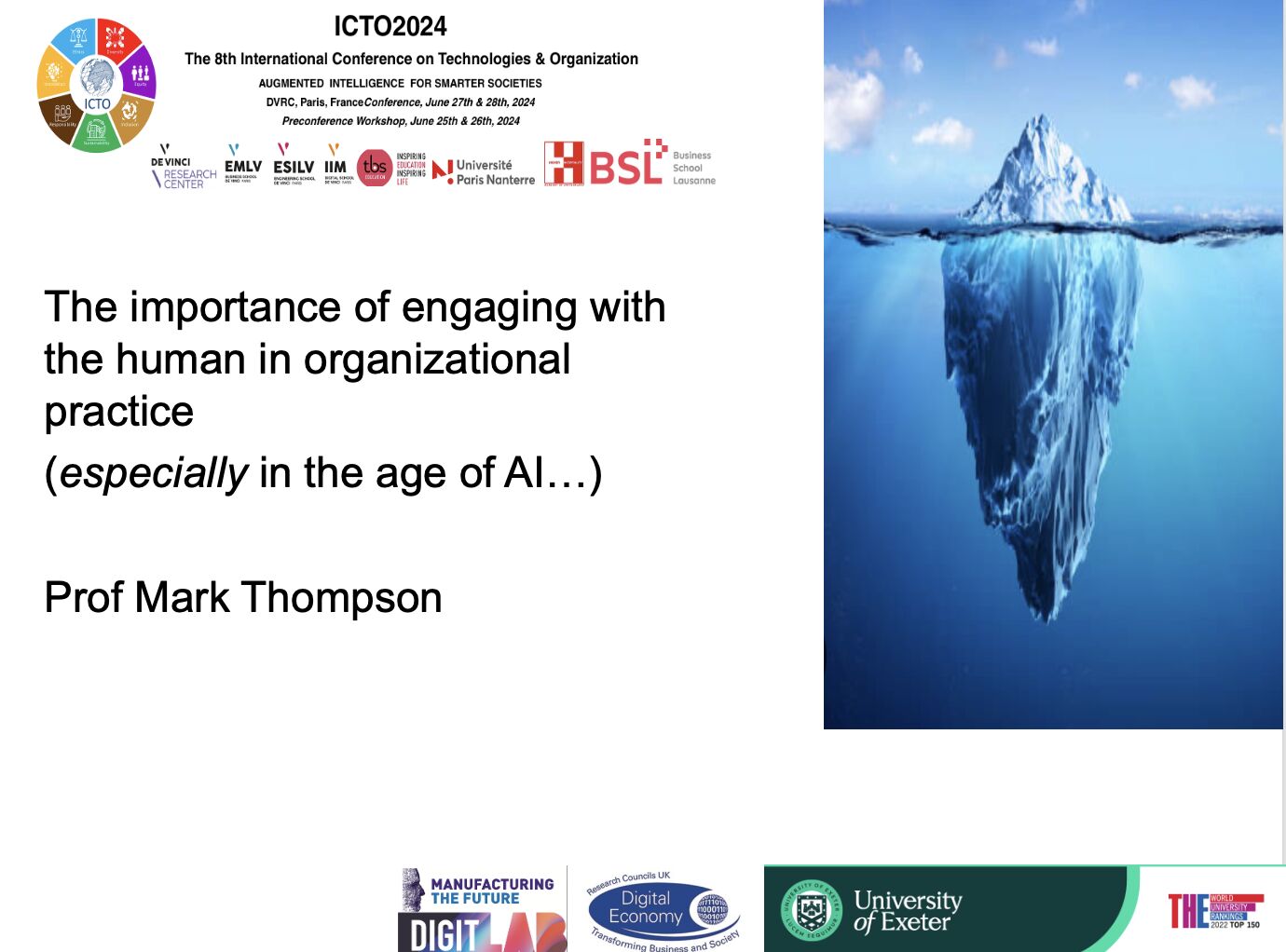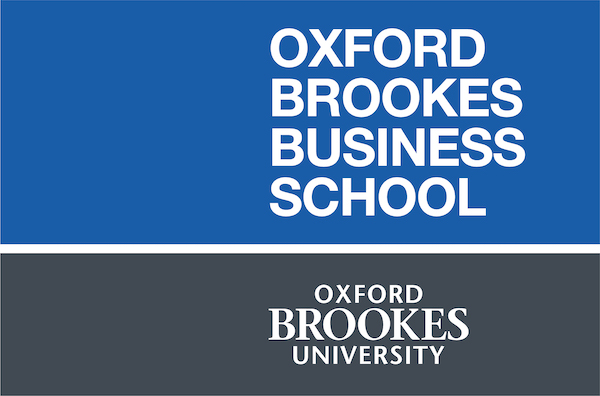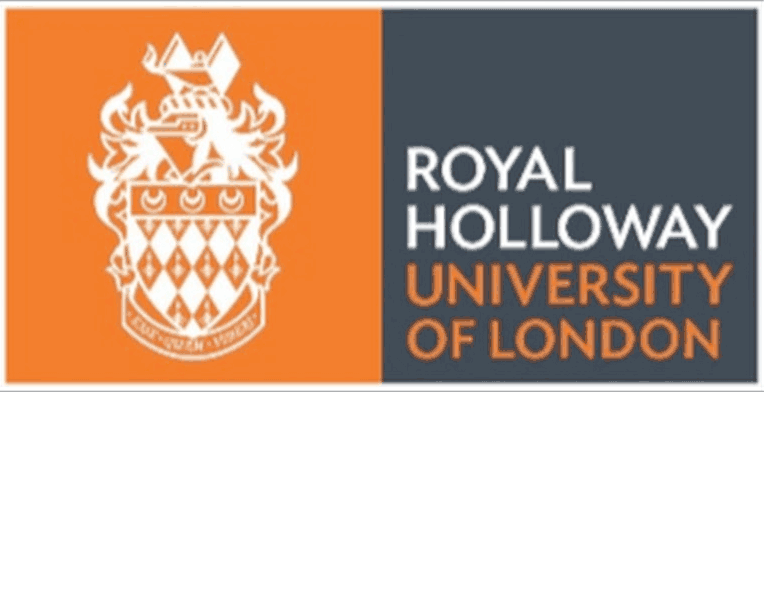By Mark Thompson
I’ve been really enjoying the energy around the various discussions that have been happening lately around the need for a structural modernisation of the LG sector, and the growing feeling that doing so will need us to think increasingly collectively. Indeed, last week I argued in Computer Weekly that we can actually deliver localism much better in the long run by ruthlessly standardising and sharing stuff at the back end, freeing us up to focusprecious bandwidth and resources on local innovation at the front end, where it matters to citizens. I also mentioned in that piece that I’ve thought for a decade that some of the reason we haven’t really done this is that understandably, ‘digital’ has come over time to mostly mean user-centric service design/development (over which councils have control) rather than sharing back-end infrastructure and standards (over which they don’t, despite valiant attempts: I think this is a shame because it has slowed the sector’s ability to modernise. However it’s one thing having opinions and writing stuff of course, and another to actually try and Draw the Thing, so I thought I’d better have a go here (a picture tells a thousand words, etc).
First, a bit of context: the picture is informed by two linked ideas which are super-relevant for helping the LG sector to decide where to innovate and where to standardise: ‘tight-loose’ and ‘cathedral and bazaar’. Karl Weick’s tight-loose ideas argued that some types of organisation were suited to ‘tight coupling’ (my way or the highway), some suited to ‘loose coupling’ (free up people to innovate) and some to a mix of the two. Eric Raymond, writing about the open source community, contrasted more traditional, top-down, rigid ‘cathedral’ structures (think traditional, waterfall software development) with ‘bazaars’: local fora where locally appropriate/relevant solutions are continually negotiated (many might think of traditional local government here). Drawing on these ideas, the puzzle the picture tries to address is: how do we collectively adopt a mixed, ‘tight-loose’ model that combines the benefits of a common plan (cathedral) with the agility and localism of the bazaar?
Continue reading on Mark’s blog (Medium)











